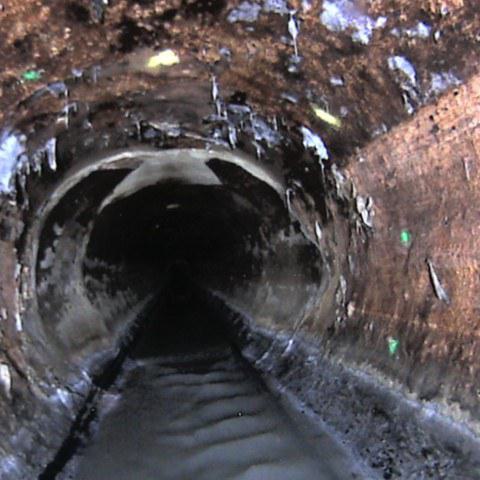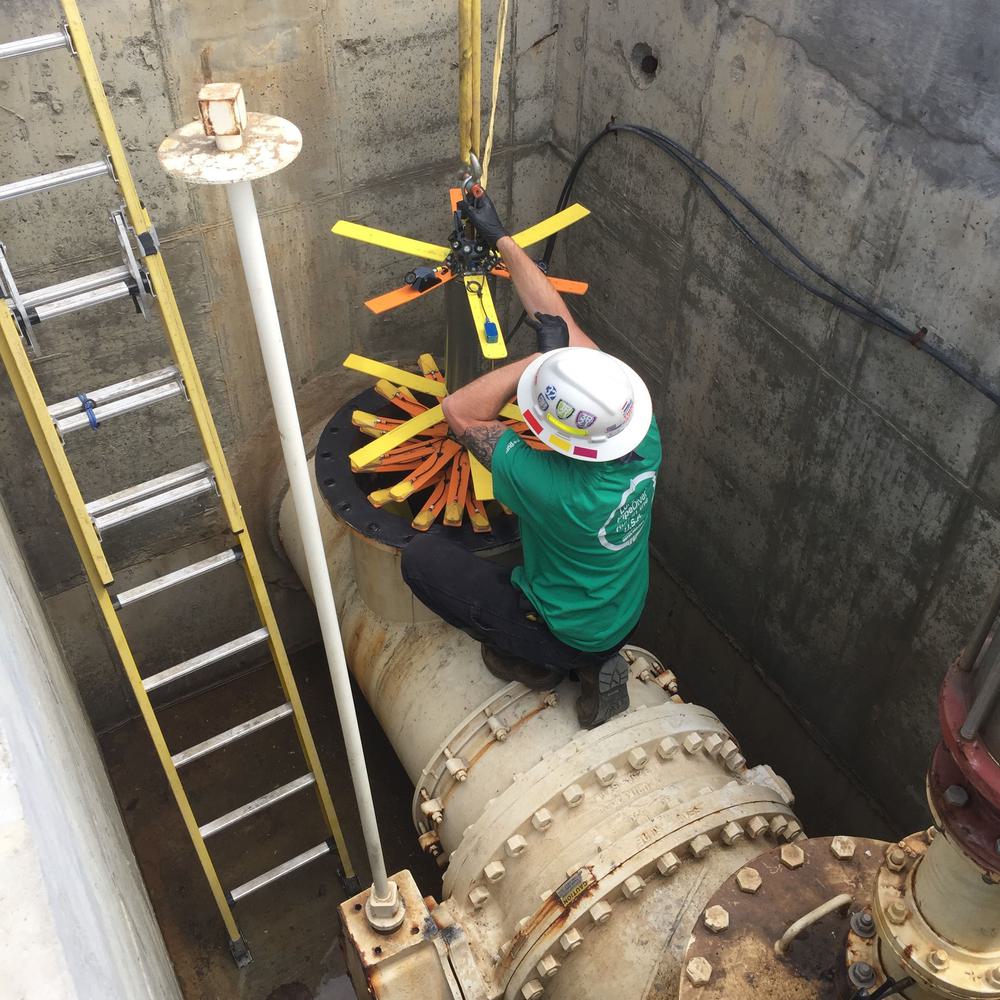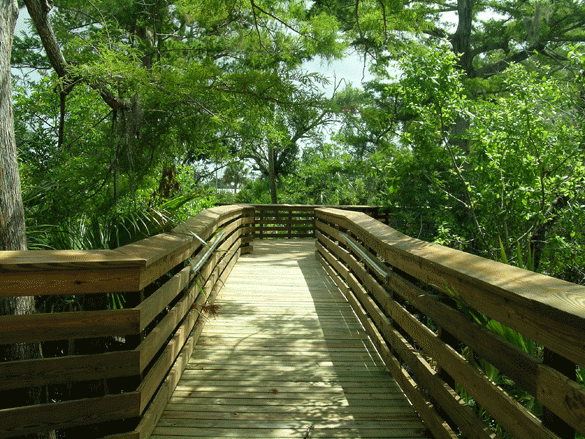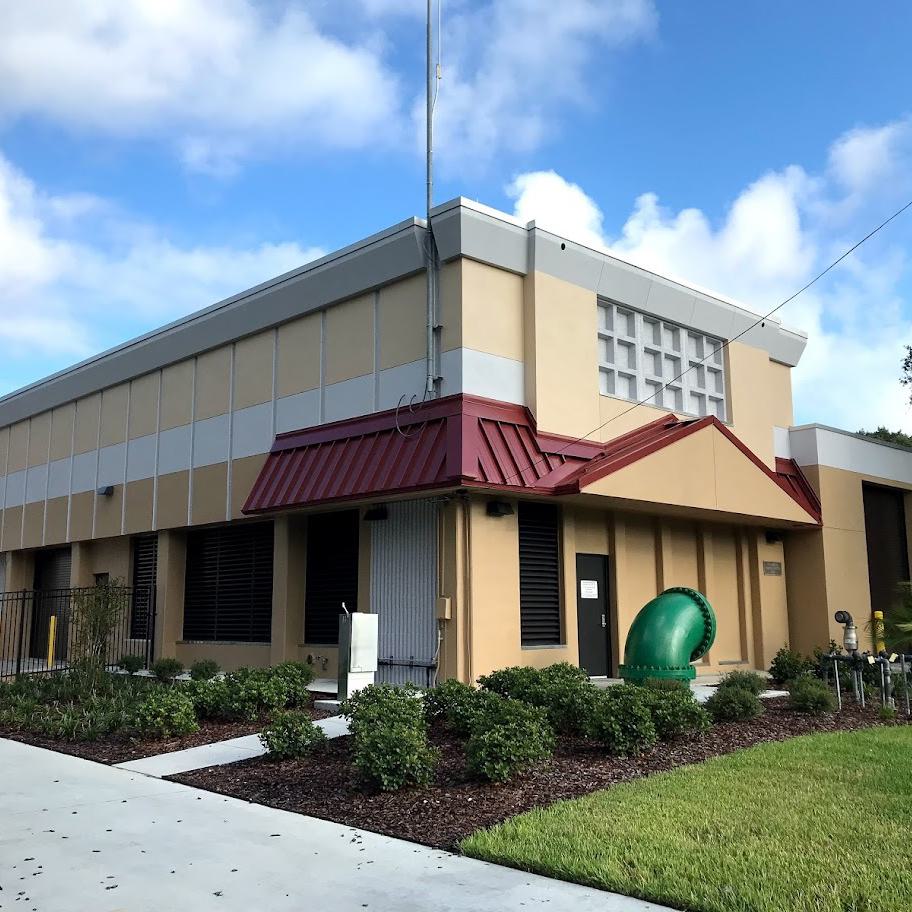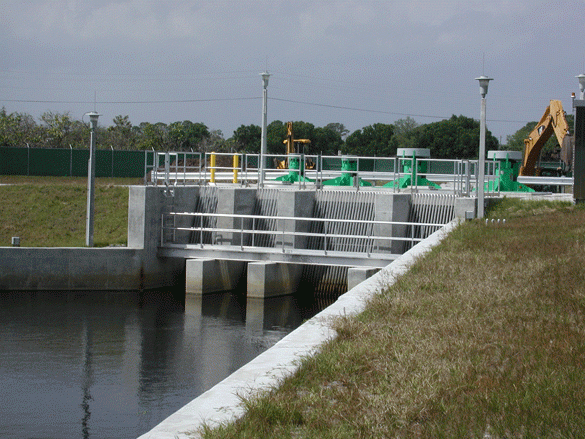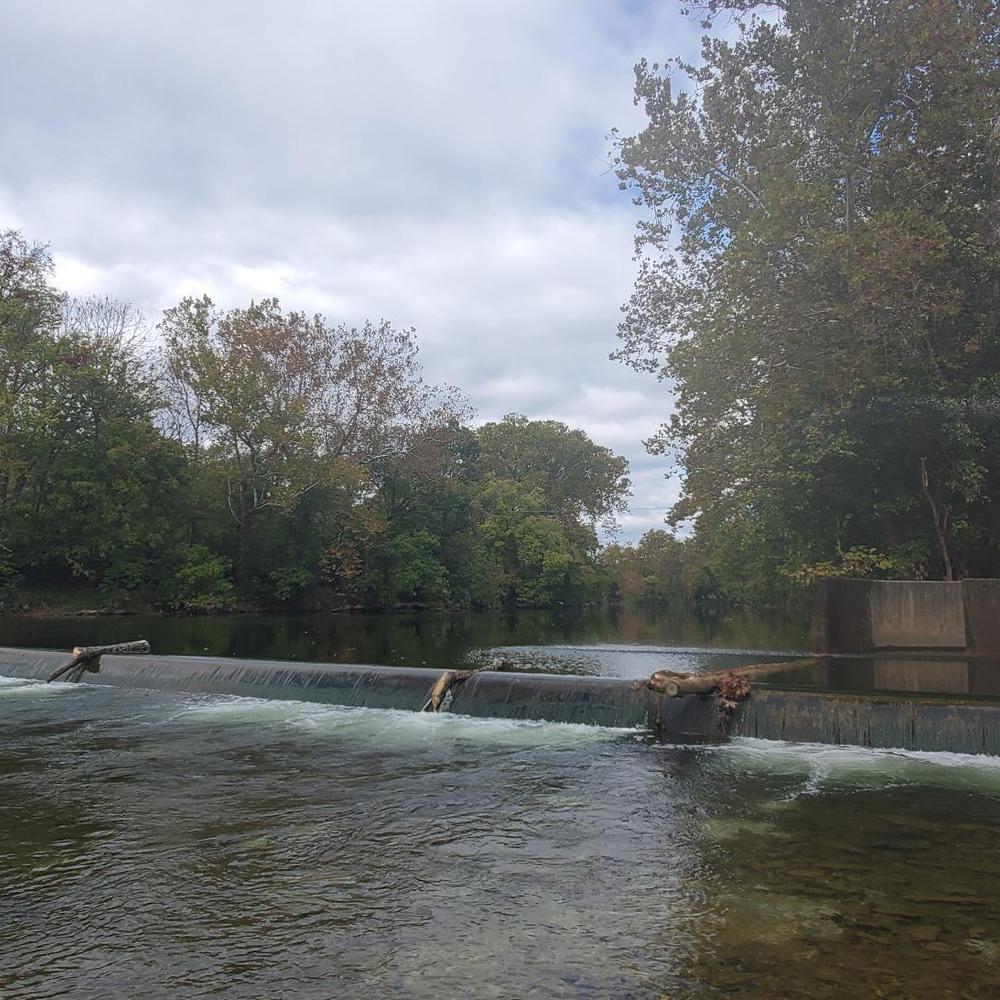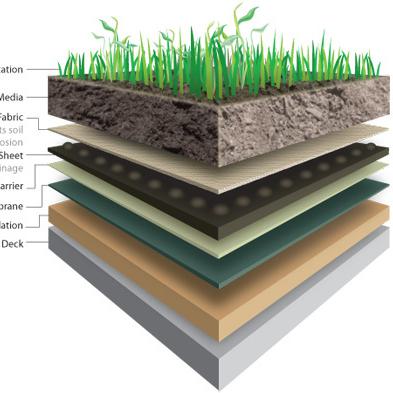Grahamsville Stream Sewer Crossing Improvements
Hazen evaluated 18 sewer stream crossings where sanitary sewer pipes had been partially or fully exposed due to stream erosion. These sewers and their stone/concrete encasements, now several decades old, had experienced stream erosion-related deterioration that needed to be remedied to prevent pollution of the local waterways and NYC drinking water. Hazen and Sawyer designed solutions to address these issues that incorporated natural and minimally intrusive construction techniques. Specifically, Natural Channel Design measures were used to reduce erosion around the sewers and stabilize the streams, improving habitat and environmental conditions at the same time.

Tim Schueler specializes in the restoration of heavily degraded urban streams with limited site area access.
Related Topics:
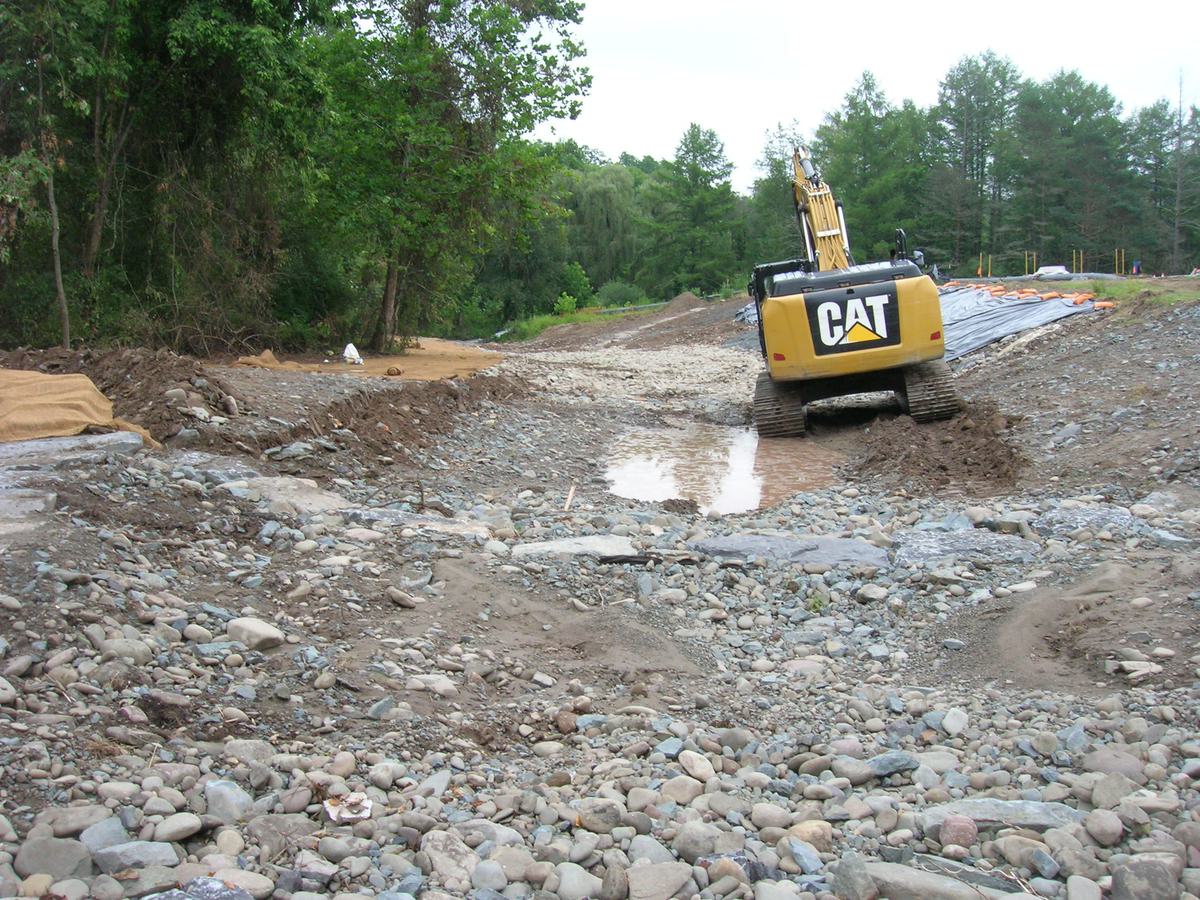
Hazen designed and provided design services during construction for six project sites, three of which included stream restoration design, including retrofitting existing stream structures, installing in-stream structures such as cross vanes, maintenance of debris and sediment in the channel, and stabilizing banks with riparian planting and relocating sewers outside streams. Natural Channel Design methodologies were utilized in collecting detailed reference reach data and determining dimensionless parameters for the stream design. Geofluvial field investigations included cross sectional and profile stream survey, bank stability analysis and bedload sampling. Hydrologic and hydraulic modeling was combined with the field analysis to design rock cross vanes and riffle grade controls downstream of the sewer crossings which allowed the stream to deposit natural bedload over the sewers. Working with the stream’s natural behavior, these designs will cover and protect the sewer revetments and remove fish barriers. The cross vane rock controls will also provide a deeper stream channel for fish passage and create eddies for resting.
Cost estimates and technical specifications were prepared along with the designs. Final designs and permitting were completed in 2017 and the projects were constructed in 2019.
Evaluation from Start to Finish
Hazen evaluated 18 sewer stream crossings where sanitary sewer pipes had been partially or fully exposed due to stream erosion.

Project Outcomes and Benefits
- Natural Channel Design measures were used to reduce erosion around sewers and stabilize streams, improving habitat and environmental conditions at the same time.
- Restoration designs included retrofitting existing stream structures, installing in-stream structures such as cross vanes, maintenance of debris and sediment in the channel, and stabilizing banks with riparian planting and relocating sewers outside streams.
- Working with the stream’s natural behavior, these designs will cover and protect the sewer revetments and remove fish barriers.
